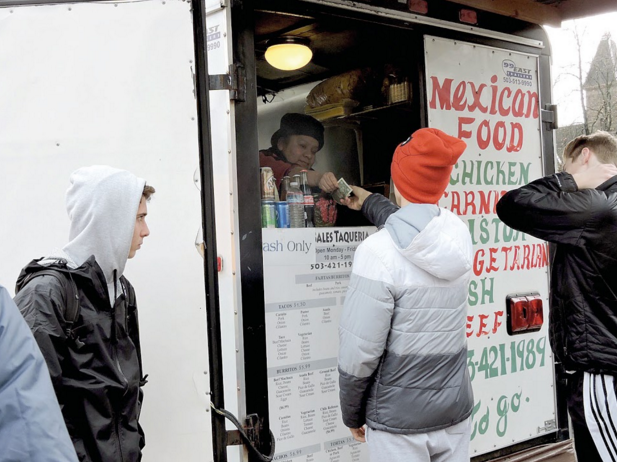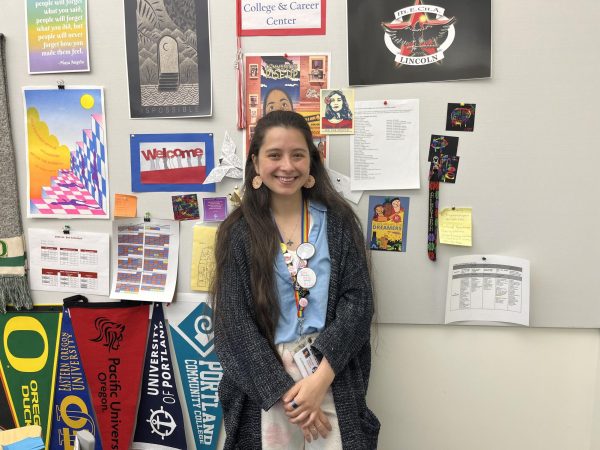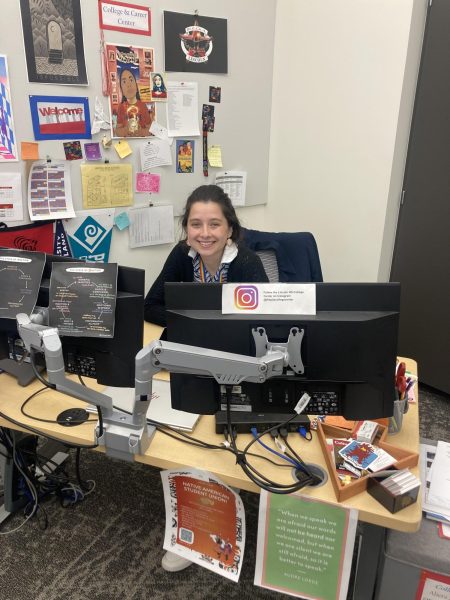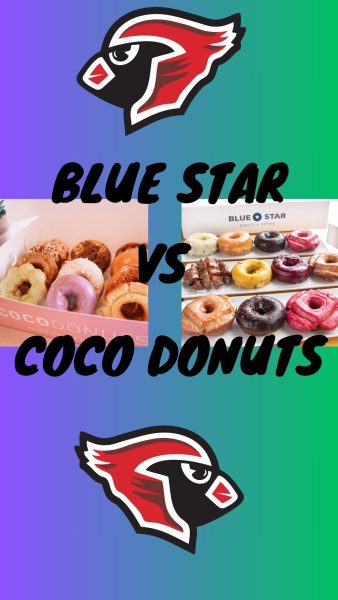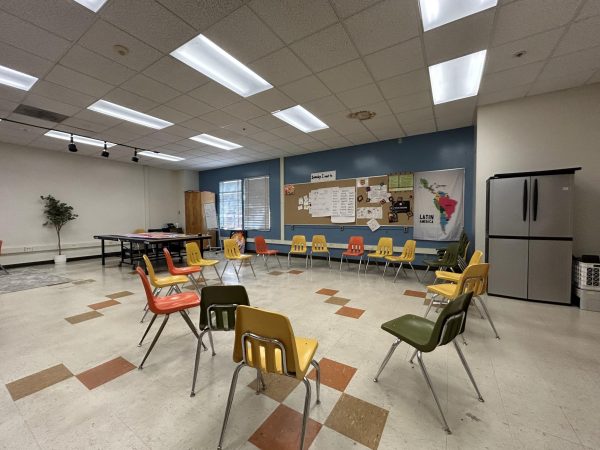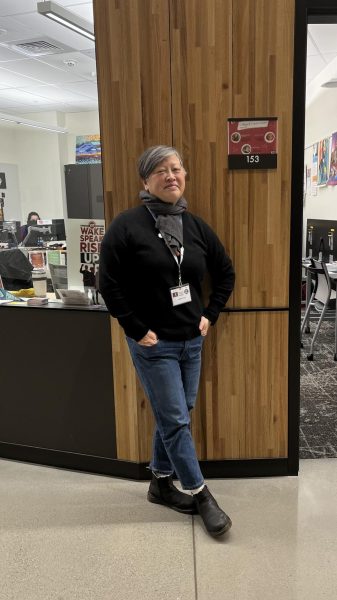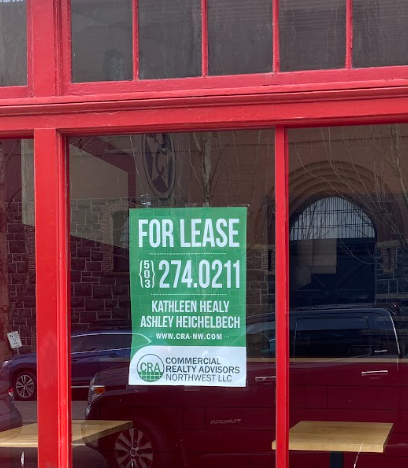Food cart offers international spice
Just blocks from Lincoln, the heart of a revolution can be found.
About 40 cooks in food carts circle the block at Southwest 10th Avenue and Alder Street, offering a range of diverse cultural cuisine, from Thai curry to Southern comfort food. Most regions of the globe are served on a plate here.
Chances are, if you’re a student at Lincoln, you’ve walked to the food carts for lunch and savored the many food options.
“I like eating at the food carts because the food is great and I don’t have to decide what I want until I get there,” says sophomore Jack Anderson.
However, students 15 years ago would probably never have considered the food carts for lunch. Then, food from carts was considered cheap and low-quality. For the most part, food carts were absent.
Then, the mobile food industry exploded and nowhere more than in Portland, where about 500 carts line the streets in many neighborhoods. The city helped nurture this relatively new industry with laws that support food carts, setting the tone for many other cities.
Today, food carts are encouraged and popular in almost all large cities (a notable exception is Los Angeles, where street vending is illegal).
One reason food carts caught on here may be related to Portland’s uniform ethnic population. Its metro area is 75 percent white, one of the least diverse cities in America. The food carts offer diverse meals not widely available in other restaurants. Portlanders of all ages can enjoy the carts, with food from all over the world, but fresh and quick.
The central location adds to the reasons food carts won over Portland. Workers can walk to an international lunch that 15 years ago was only available in a microwavable meal. Lincoln students have also ditched homemade lunches for these delicious choices.
The parade of students speed-walking into downtown is a sight that prepares the vendors for the rush to come. Even with a maximum of two workers per truck, each can serve more students in 30 minutes than most other popular lunchtime restaurants.
Because of the competition and close location of other carts, vendors must serve quickly, or lose any customers waiting in line. Some students become regulars and develop a personal relationship with the cooks, which compels students to keep coming back.
“The cook, Abraham, is a really nice guy, and he makes good burritos too,” sophomore Noah Lovgren says about The Burrito Cart chef.
Even though the carts may be one of the farther lunch options for Lincoln students, (a 10-minute walk), very few appear to worry about this.
“I don’t really think about how far away they are, especially because most of them give a container or a wrap of some sort that makes it easy to eat as you walk back to class,” says freshman Sebastian Voigt.
The food carts have made changes to cater to their hurried customers. The containers make it easy to eat on the move, another reason food carts stay so popular among the working, and student, class.
Lincoln students who frequent the food carts during lunch return with a good experience and a full stomach. The personal aspect of food carts as well as seeing the food made in front of the customer will continue to attract crowds.
As the industry grows larger and expands to more cities, Portland will be known as a trailblazer in food carts.
“I can’t wait for more food carts to pop up around the city. They’re so convenient when you’re walking around and looking for something to eat,” says sophomore Ella Jeffreys.

